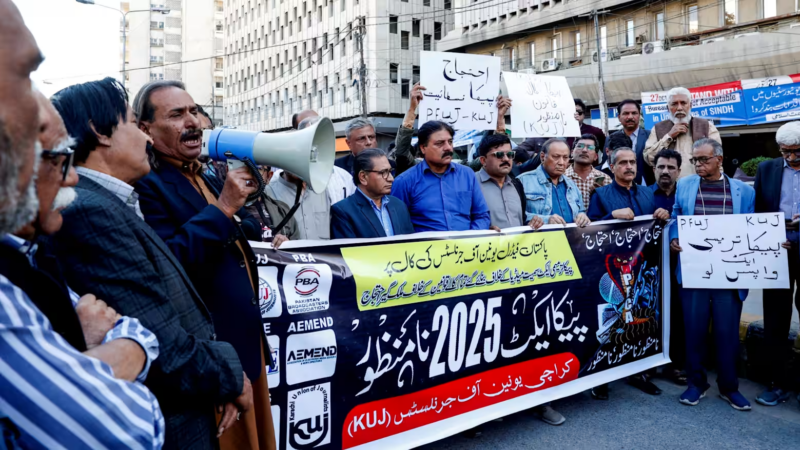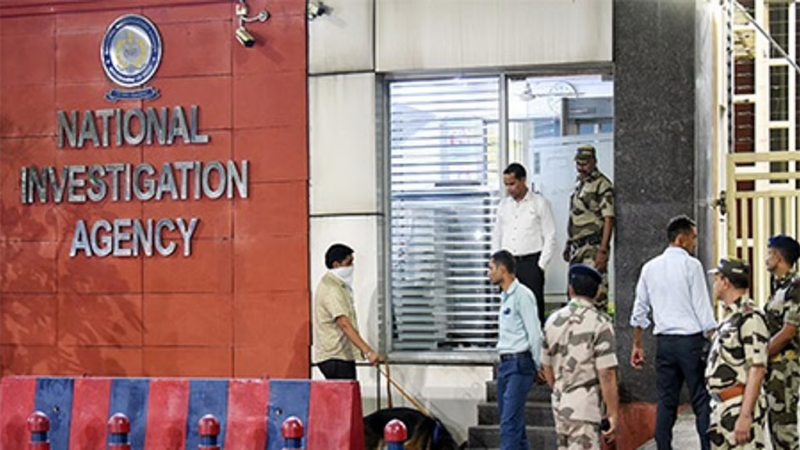Jihadi Pakistan was born on October 22

At a time when India began its extraordinary journey for its `tryst with destiny`, Pakistan chose to take the path of violence and terror, a characteristic which has come to define the country and its people.
Although Pakistan came into existence on August 14, 1947, its true birth as a country known for terrorism was on October 22, 1948 when it first launched a terrorist attack on Kashmir. It was a deceitful and barbarous raid on innocent men, women and children of Kashmir, breathing free after centuries of bondage of foreign rule. The violence let loose by armed raiders sent by Pakistan into peaceful, idyllic surroundings of Kashmir was so devastating that even after 72 years, people recollect those days of horror as the Black Day.
As diabolical plans go, it was a pre-meditated plan hatched by Pakistan Army, in connivance with the civilian leadership, for carrying out the genocide of Kashmiri people. The attack plan was codenamed “Operation Gulmarg“ and signed by the Chief of Staff, Pakistan Army. Pashtun men from tribal areas were picked up, trained and armed to carry out mass murder, rape, loot and arson. Under the guidance and protection of the army, the raiders were pushed into Kashmir valley where they launched an orgy of violence and terror on unarmed people of Kashmir.
According to eyewitnesses, the armed tribal militia were trucked to Kashmir, first to Muzaffarabad where they plundered the state armoury, set markets on fire and indulged in looting. They shot everyone who couldn’t recite kalma. They chased women and raped them; they took many of them as slaves while others killed themselves by jumping into the river.
A BBC report, quoting an eyewitness, drew the picture of mayhem thus—the streets were littered with broken buildings and furniture, ashes of burnt goods and dead bodies. Scores of bodies were floating in the river. The raiders then drove down to Uri and Baramulla where another round of death and destruction was carried out. Men were ruthlessly killed by swords, axes and guns while women were raped en masse. Several of them were taken as sex slaves and dragged away to houses occupied by the tribal militia. They were later taken to Pakistan.
The barbarity of the attack is recalled by many in Baramulla even today. They can recount the attack on St. Joseph’s Catholic mission where the Pakistani raiders wanted to rape and kill the nuns. A hospital doctor, Jose Barrett, who stood in front of the militia to save the nuns from being mauled, was tied to a tree and shot. A nurse was shot down when she tried to save a patient. But she could not save a patient, Motia Devi Kapoor, who was stabbed to death in her hospital bed. In all, six people were killed in the hospital.
The depravity of Pakistan and its forces were on full display for the world to see for several days before they were pushed back bravely by the Indian forces and a few courageous Kashmiris. But by then, the Pakistani militia had laid waste several towns and cities, raped countless women and took them as slave and killed over 35000 Kashmiris including Muslims, Hindus and Sikhs. The scale of horror and destruction was unimaginable. The day of infamy, October 22, thus remains etched in the memories of people of Kashmir who have lived in the shadow of Pakistani terror ever since.
Pakistan’s treacherous and murderous assault on Kashmiris on that infamous day needs to be observed with solemnity, and determination that people of Kashmir should not become helpless pawns in the hands of the Pakistan Army and its jihadis ever again.






